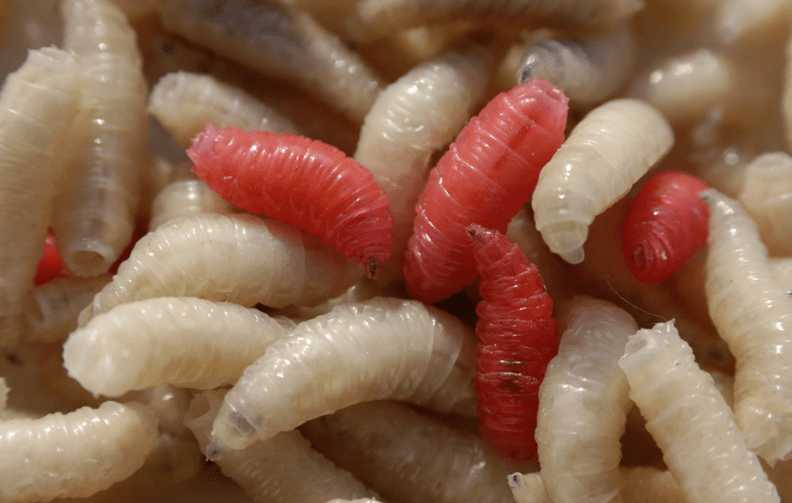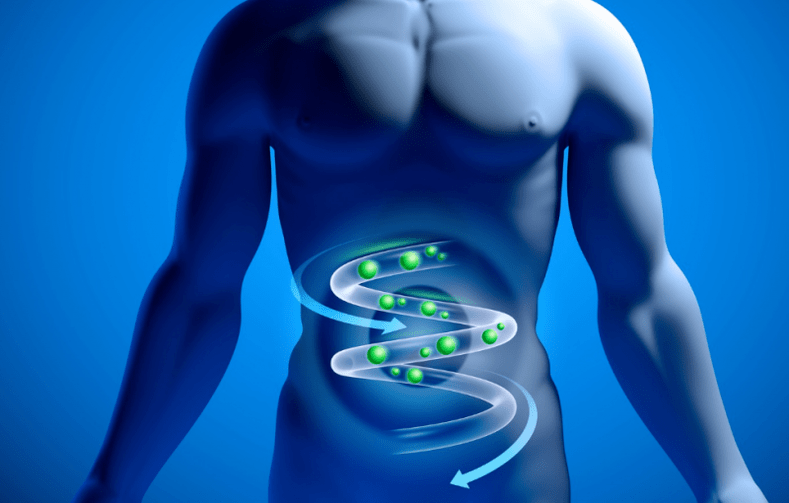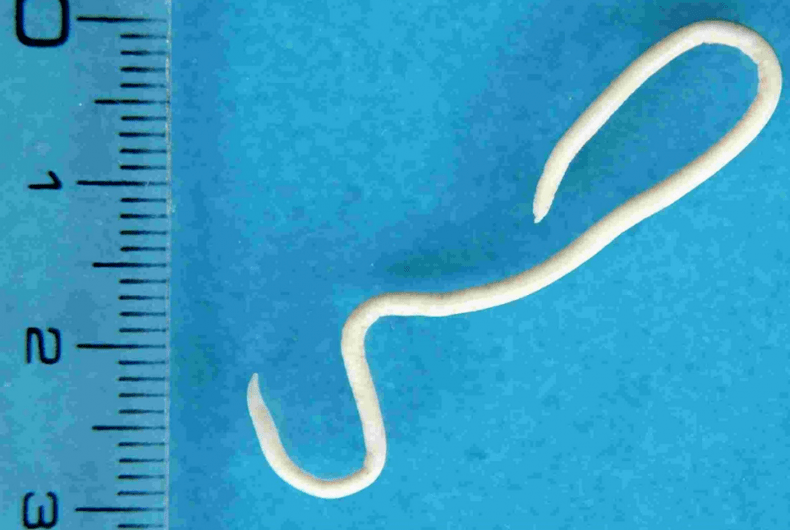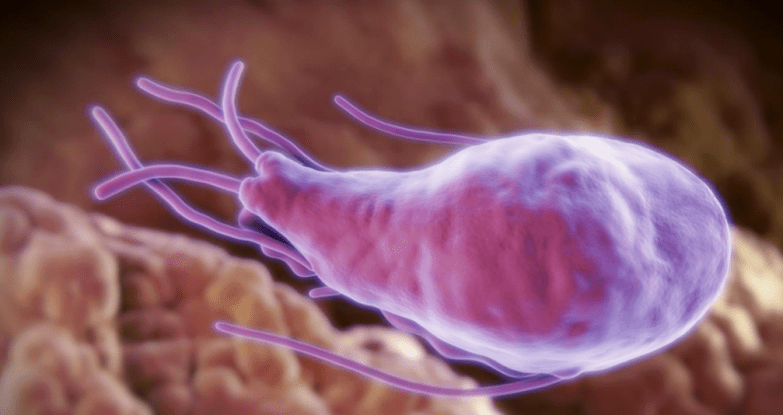It is difficult for an ordinary person to even imagine how many parasites can threaten his health.These "settlers" can live in the human body for years, literally absorbing life from him and poisoning with their poison.
The types of parasites

From the perspective of medicine, the parasites include single -celled and protozoa.Depending on the habitat, they are divided into exoparasies (lice, mistakes and others) and endoparazits.
Endoparasites have their species:
- Insect -determined larvae.
- The simplest (Amoeba, Lamblia).
- Helminths (worms or worms).
Ways of infection
Every parasites have its own way of penetrating the human body.The most common way is amiente, that is, with the help of water or food.Many insects can hold parasite larvae, infecting the environment.Using raw water, unsaturated and not carefully cooked products, a person is infected with parasites.
Some species are transmitted directly when human contacts in one person-This road is called a contact home.For infection, it is not necessary to have direct contacts with the distributor, it is enough to use household items.So transmitted enterobiosis and some other parasitic forms.
No less popular way of transmitting infection.In this case, the blood insects are tolerated by the parasites.Thus, they can be taken after a bite of mosquitoes or other insects.
The last way to hit the parasites is the percutaneous path, the second name is active.The infection occurs with the penetration of the larvae through the mucous membranes and the skin.This occurs in relation to contact with the soil or infected water in a tank.
Symptoms
Parasites in the human body can live for a long time and not manifest.Symptoms, of course, will be, but they are disguised as other diseases.That is why a person may not imagine what has been infected for a long time.

Symptoms most often appear depending on the localization of the larvae, but the body can signal the infection and other manifestations.The most common are:
- Fatulence,Moreover, constant, indicates the presence of worms in the small intestine;
- Diarrhea.Caused by the absorption of sodium chloride parasites;
- Constipation.Through the worms can block several organs;
- Pain in the joints and muscles.These pains are caused by migration of larvae to the human body, in which the immune system reacts in this way;
- allergyThe parasites themselves are an allergen to the body, and the damage to the stomach walls contributes to the disturbance of digestion and the entry of food molecules into the blood;
- The appearance of grains.These are a type of neoplasms that arise as a result of wrapping the body with the body of destroyed parasite eggs;
- Dermatological manifestations;
- AnemiaOften, people suffer from anemia precisely because of the activities of parasitic forms;
- Sharp weight fluctuation;
- Mental disorders.In the process of life, parasites distinguish toxins that adversely affect the carrier's nervous system.A consequence of body poisoning can be neuroses, depression, anxiety;
- Bruxism.It is a grinding of teeth during sleep.This is the response of the nervous system to the appearance of foreign bodies.But this fact is not finally proven by science;
- Sleep disorder.As a rule, it is due to uncomfortable sensations.An example may be the cuts of their photos here, which lay eggs at night.Leaving the rectum, the cutter releases a toxin that causes severe itching;
- Dysbiosis;
- Oncological diseases;
- Chronic fatigue.Arises due to the lack of nutrients, which adversely affects the condition of the body;
- Respiratory diseases.A number of parasites can live in the respiratory tract, causing their disease.Other parasites provoke colds, moving through the respiratory system;
- Disordishes immune disorders.The absorption of most of the vitamins with the parasites leads to a weakening of the functions of the body's obstacles and is more likely to infect diseases.
But there are also symptoms characteristic of the presence of parasites in a particular human organ.For example, the life of parasites in the liver can indicate papilloma, the appearance of bald stains, heel cracks, etc.In addition, the presence of certain types of parasitic forms can provoke a certain type of disease in humans.
The detection of the disease

Unfortunately, some doctors are flattened from their duties and do not direct a person in special studies to identify parasites in the body.The most common analysis is the distribution of feces to worm eggs.The fact is that parasites can live in different organs.
There were times when the worms were found in a person's brain and eyes.Is the probability excellent to get their eggs from the brain to the feces?Most likely not.Even in the presence of worms in the intestines, parasitic eggs may not be found.
First of all, the doctor should perform a visual examination of the patient.With external signs, you can doubt the presence of human parasites.The easiest way to detect them is to pass a blood test aimed at detecting special antibodies for worms.
Description of human parasites
There are several dozen species of parasites living in the human body.
Worms or helminates, these are a type of worms.Their size depends on the type, for example, ascarid females reach a size of 40 centimeters.Some species can exceed a length of 10 meters.The favorite worm habitat is the intestines, but they are often found in other organs, even in the brain.
For example, ascarides larvae circulate throughout the body, collecting nutrients and returning to the intestines, where they grow and multiply.Often they live in the respiratory system.The presence of ascaris in the human body is associated with a disorder of the work of the internal organs, intoxication of the body, allergic manifestations and even an increase in temperature.
Among the representatives of the ribbon worm is a pork chain that migrates to the brain through the blood. This parasite enters the body through poorly processed meat products.This worm lives up to 20 years.
This parasite enters the body through poorly processed meat products.This worm lives up to 20 years.
Tips most often develop in a child's body, but are often found in adults.These worms are small in size, reach 1 centimeter in length.The distribution of pine eggs occurs on a contact-bearing path.The female comes out of the rectum and puts eggs in the external folds of the anus.The toxin, distinguished by the female, causes severe itching, which leads to the entrance of the eggs into a person's hands and transfer them to all the surrounding objects.
The second name of enterobiosis is a disease of the dirty hands.All people in contact with the carrier are probably infected.Therefore, if cuts are found, it is recommended to treat the whole family.
Toxic- This is a kind of parasites living in dogs.They enter the human body and also develop perfectly into it.Unlike these worms in the body, dogs, human toxicans do not go out, but affect many organs and cause certain diseases.You can become infected with the ground through the ground, as the larvae of these worms come with the feces of the dog.But even parasite eggs can spread from the dog's wet breathing.
Alveokoku and echinococcusInfects the body in many ways.Their risk lies in the fact that the larvae are turned into cysts that may be in different internal organs.
The representative of the protozoa is Lambia.Like pinworms, giardias most often infect children. They not only reduce the child's immunity, but also provoke a delay in the mental and physical development of children.
They not only reduce the child's immunity, but also provoke a delay in the mental and physical development of children.
This list is far from swimming.The main risk of parasites is that no one is safe from the infection.Their secret leads to the fact that a person has fed parasites for years without doubting it.Compliance with personal hygiene, continuous cleaning of wet dwellings and implementing heat treatment of meat products are not poor prevention of infection.It will be useful to undergo a doctor's examination and pass the necessary tests once every six months in order to prevent the spread of parasites.




























